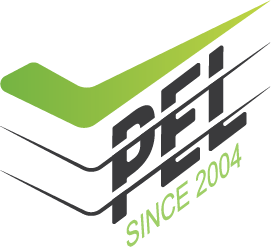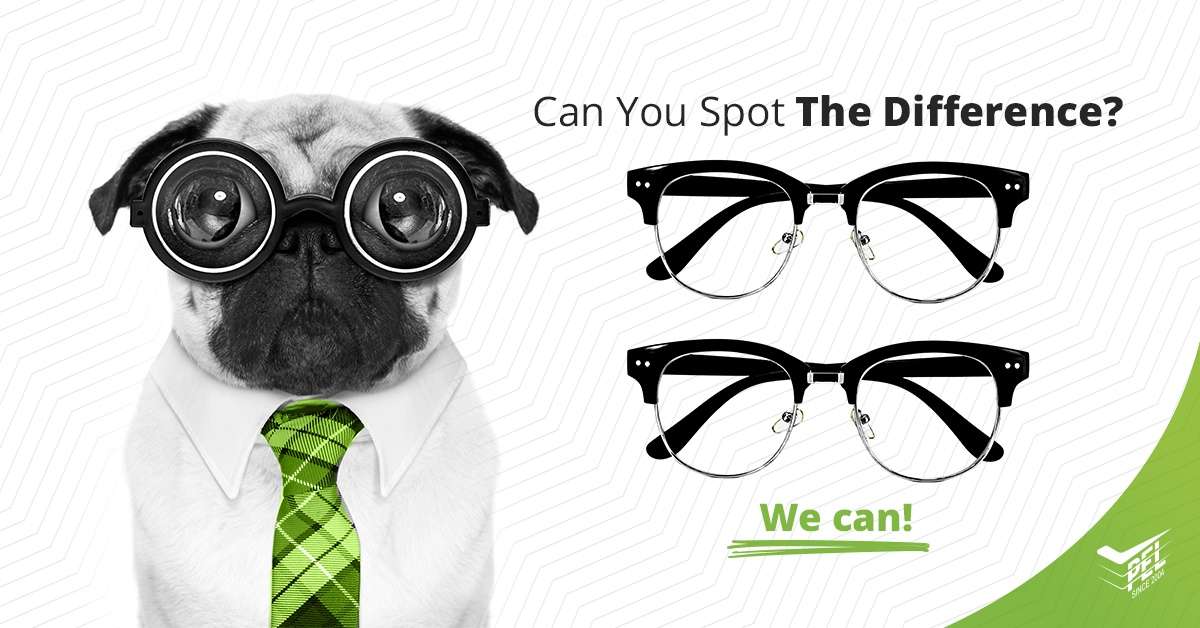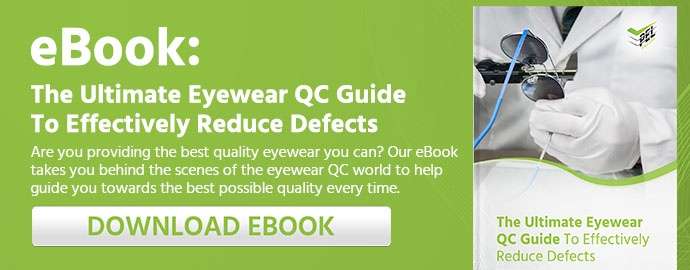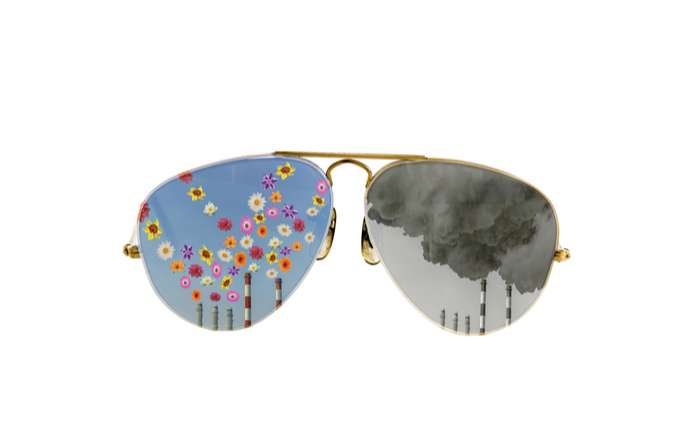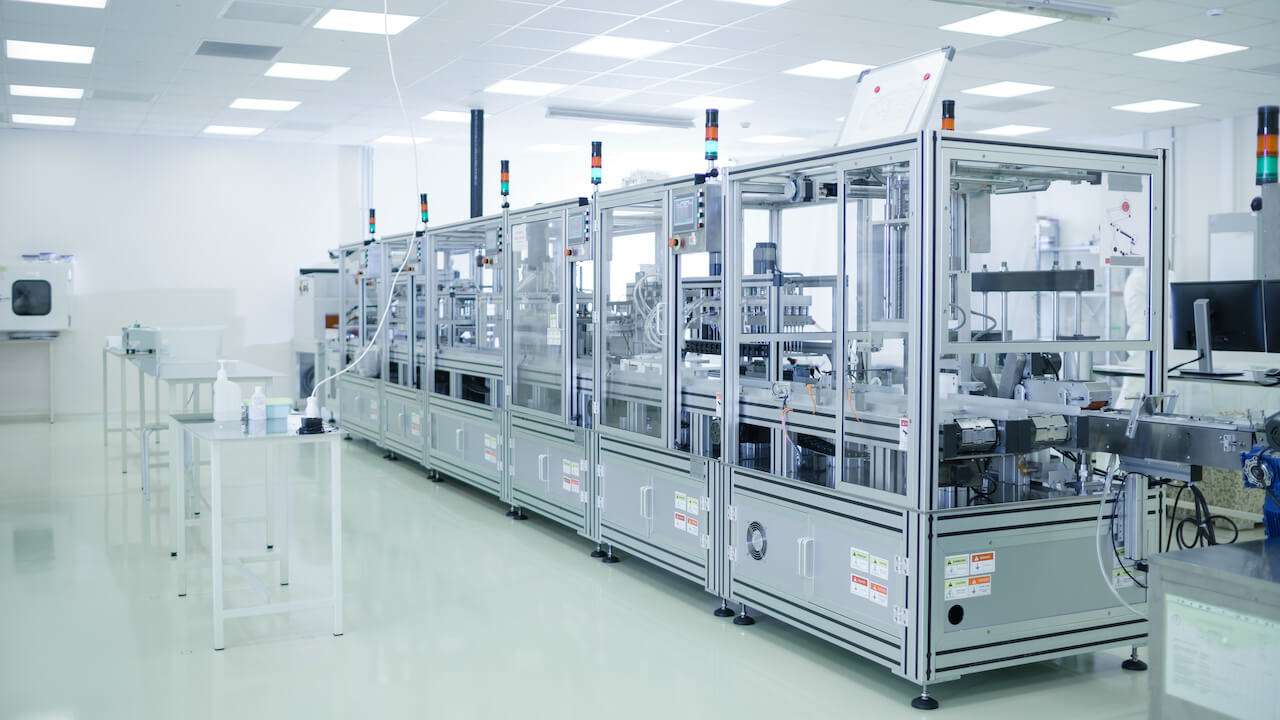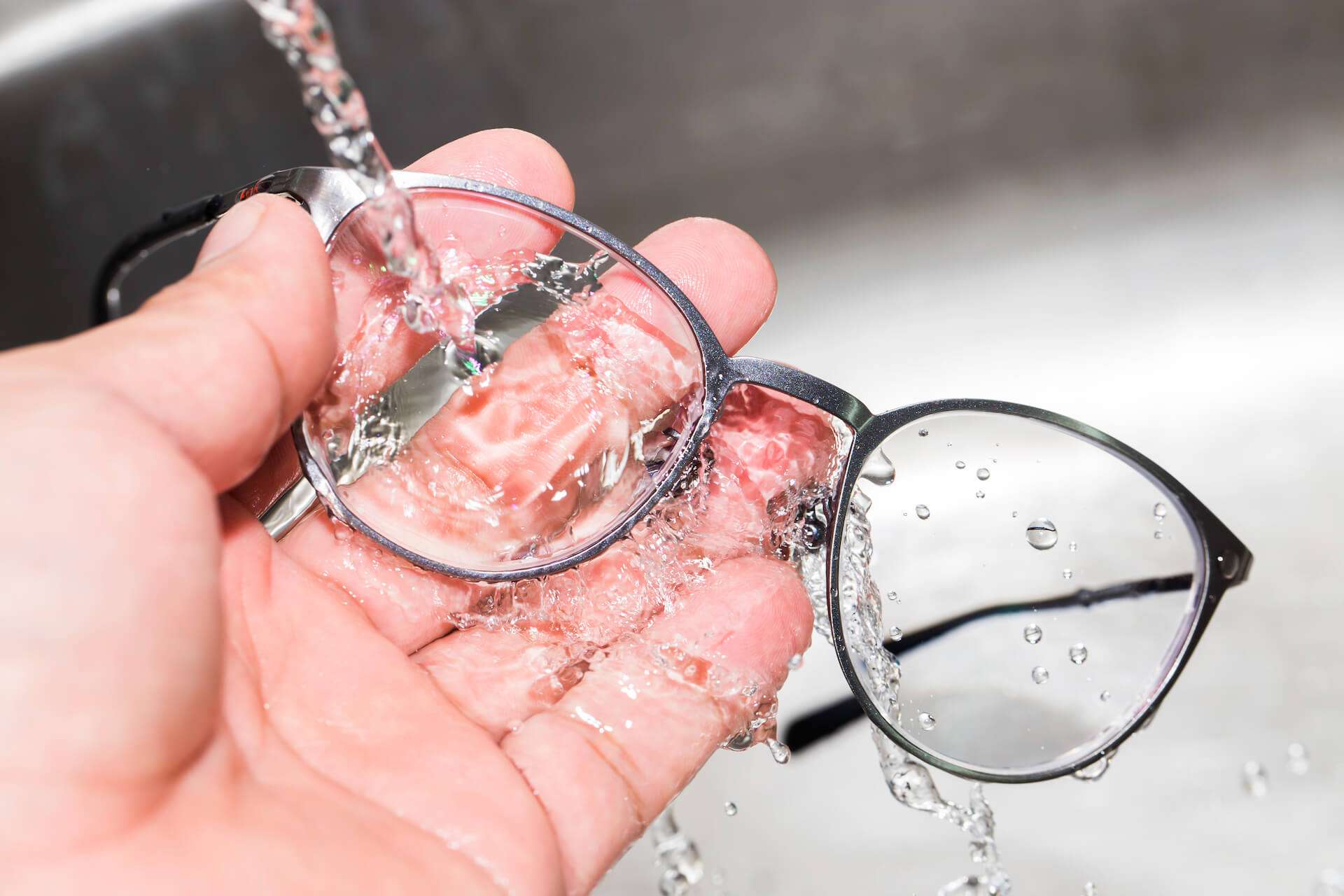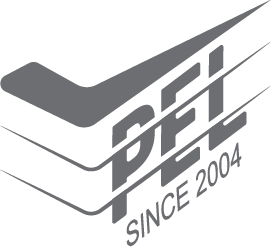If you haven’t heard the expression “buying cheap is buying expensive” before, you have now. Skimping on quality when manufacturing eyewear is a bad move, but the lack of proper QC is almost worse, read on to see why paying a little more for professional eyewear quality inspection is actually very affordable when compared to its alternatives.
There’s not a lot of reading material out there when it comes to manufacturing eyewear, besides your typical sales spiel on Alibaba of course, so you’ll be forgiven if you’re not an expert in eyewear QC.
Alternatively, you might already be well-acquainted with eyewear QC, but when is the last time you took a critical look at cost v.s. quality? Excuses are pointless once an order’s gone South and with it thousands of dollars.
Eyewear QC can make or break an entire shipment of eyewear, and taking a factory’s word at face value when it comes to QC procedures could land you in hot water. If you're currently manufacturing eyewear and working with known suppliers you should know if they have teams in place to test eyewear. But these teams are running massive factories, working long shifts and there always seems to be a bigger and more important order with more priority in front of yours; your eyewear isn’t necessarily their priority (although we like to tell ourselves that). So, can you put a price on good quality control?
No you can’t, here’s why.
The Elephant in the Room - How Much Will Eyewear QC Set You Back?
%20(1).jpg?width=1024&name=Untitled%20design%20(4)%20(1).jpg)
You’re not paying attention; you can’t put a price on quality eyewear!! Jokes aside, what you should be focusing on is not what it’ll cost you (not at first) but rather how much it will save you in both time and money. Prevention is better than cure!
That being said, the industry standard runs anything between $250 - $400 dollars a day depending on what you need tested and where, auditing prices are different and a bit more expensive but nothing extravagant.
QC testing and factory audits can be done in a single day, or they could take a week depending on the order. Understanding eyewear QC starts with understanding the variety of tests available to you, and the different pain points you can address with good quality control.
True, you can get a somewhat “standard” eyewear QC test done (PEL Offer This Service) that will look at a wide range of tests ranging from random production line samples to packaging and shipping. But not all eyewear is produced the same way - different materials get tested differently. Realistically you can’t expect a “one-size-fits-all” solution for your Quality Control.
The good news?
With the help of an expert testing lab, you can customise and tailor a solution to fit your specific eyewear QC needs.
How can you do that?
By understanding the limitations of the factory producing your eyewear and acknowledging the fact that there is a large human element involved in the production of eyewear and with that human errors. Depending on how deep you want to dig, you could consider auditing a prospective eyewear supplier’s factory before you even place an order (always recommended.)
Let's break it down.
In-House QC
Factories manufacturing eyewear are supposed to perform in-house QC to some extent, and for the better part they do a decent job of it, but more often than not the testing tends to be a bit superficial.
Recently PEL had a client request third party inspection for an order of eyewear being produced for the European market. Although the factory had all the relevant frame testing listed as part of their in-house QC procedures (and did perform tests as far as we could see), they neglected to perform a comprehensive inspection.
As mentioned, the frames were a combination of acetate and metal frames. The in-house QC staff tested the glasses at intervals of 12 hours and gave the product the go ahead, but when PEL stepped in the inspectors found that due to a substandard coating on the iron and acetate frames where the two materials joined corrosion formed after 24 hours. PEL advised the client with two options:
- Import better quality lacquer
- Recoat the metal frames with palladium (this being a significantly more expensive approach)
The client went with the first option and imported a better quality lacquer that arguably ended up saving the entire shipment of eyewear.
In this case, the factory did perform QC but not effectively, and this happens more than you would think. Simple things like spelling mistakes and wrong Pantone colors can ruin an entire order and with it your lead time. This will end up costing you a lot of money regardless of whose fault it was.
You can read the full story of this case in our free eBook: “The Ultimate Eyewear QC Guide to Effectively Reduce Defects.”
Third Party Quality Control
Inspection companies such as PEL offer eyewear quality control services that assist companies in ensuring that products are safe, durable, made to specification, and environmentally sound. Experts offer total quality management and can devise an overall testing program with sustainable supervision and efficient control. What follows is loose breakdown of the different stages of eyewear QC PEL follow.
1. In-Process Quality Inspection (IPQC)
IPQC is materials/components quality in-process inspections to ensure that specification requirements are met. In-process QC affords you real-time updates of what is happening with the manufacturing of your eyewear. If any serious problems are found you will have time to react immediately and avoid unnecessary delays or any nasty surprises like spelling mistakes on your eyewear.
2. During Production Inspection (DUPRO)
Inspectors take samples from the production line or inventory during production to check whether the workflow meets the operation guidance and if product quality meets the client’s requirements. Also, the factory’s production capacity, internal quality control, and material control are inspected.
This ties in with in-process QC and also allows you to be reactive to any problems that might arise.
3. Technical Documents Inspection
Inspectors handle the review and filing of relevant production documents for preliminary inspection and authentication. When facing queries from state authority departments or other controversies, the files listed below are accessible at any time:
• Testing report, authentication
• Component data table
• Illustration brochure
• Label
• Product pictures
Technical document inspection by a third party saves you the time and effort of sifting through all the material in Chinese. Any QC company worth their salt should be well equipped to handle all the documentation for you as they do this on a regular basis and know what to look for. You will receive a report in English to verify that all the relevant documentation is in place and you can simply tick the boxes.Eyewear Startup Consultation
4. Pre-Shipment Inspection (PSI)
PSI, performed when goods are 100% completed and ready for shipment, and protects importers from international trade risks. Inspectors randomly check samples of finished goods, adhering to the international statistical standard: ISO 2859-1 Finished products are confirmed in full compliance with each customer’s specifications.
PSI covers product quantity, functions, safety, type, color, general appearance, size and outer packaging, and ensures that all the aspects of your order are in place, loaded and ready to go.
How Does Quality Control Save Me Money If It's Just Another Expense?

a “Case Study” to explain:
A lot of PEL’s clients’ initially reach out to us after a problem arises, to see if we can intervene and perform what we refer to as reactive QC. The problem with this is that you’re now looking to resolve problems rather than preventing them, and this can be extremely costly.
Reactive QC tends to happen when companies generate purchase orders (PO’s) with factories they haven’t audited, or at the very least verified, whether their in-house QC is up to the task. A reactive response to QC issues will end up costing you more than preventative measures, to illustrate the point let’s have a look at that “Case Study”:
- A new Tom Cruise movie is coming out, maybe the long-awaited second part of Top Gun, hopefully without a volleyball scene in it.
- The posters appear all over social media, trains, buses, Youtube videos pop up everywhere! And all the world sees are those magnificent Aviators. Everyone in the world, male or female now want a pair of Aviators because "Top Gun 2: The Revival Of the Aviators” has relit that old flame.
- You need to get onboard with your company and make sure you have Aviators in stock by the time that film is released.You work out the lead time and see that you have three months before the film is released, that gives you 90 days to get a shipment of Aviators ready to distribute or sell in store.
- You contact your factory in China; they say the lead time for production is 30 days for an order of 8000 pieces. You figure this will be enough to meet the demand for a first shipment. You raise the PO, and the factory starts production, your first 7 days gone - 83 remaining.
- Nothing to worry about right? The eyewear gets produced, and you know the factory has a good reputation, so you don’t foresee any issues. The factory contacts you, they are happy to tell you they are ahead of schedule, 25 days later your order is finished and ready to box up - 68 days left.
- You request a sample to be sent to you for verification. You get the sample, and it looks great - 64 days left. You take a closer look at the sample and see that your brand name has been misspelled - “Exclusive Eyewear” is now “Eksklusive Eyesights” Whoops! Ok, no problem you have 64 days left. You negotiate with the factory to reproduce your order. Let’s assume you manage to get everything sorted in good time, and they agree to reproduce your order at no additional cost - you now have 58 days left.
- But now you’re worried, so you bring in a 3rd Party QC company to make sure your order is going according to plan, a.k.a reactive QC. They hustle, and 25 days later your eyewear is sorted out and ready to ship - 33 days left.
- You ship the eyewear and your container arrives at your port of choice, best case scenario you have 3 days left to clear customs and distribute eyewear. Considering there are no delays with shipping and all your customs clearance forms have been filled in correctly with no clearance delays your side, you should be good to go.
But if a single aspect of the supply chain goes wrong in this scenario, your order won't reach you in time.
Perhaps you get delayed because the environmental protection agency in China decides to reduce the smog levels, so they stop production at the factory for a week (this happens a lot.) If your customs clearance documents have the wrong information on it, something as trivial as using the words “red colored eyewear” as opposed to “black colored eyewear” can delay clearance by weeks! If ANYTHING goes wrong from this point onwards even something trivial, you miss the movie release and with it all your sales, and you’re out of pocket for the cost of the sunglasses.
"But if a single aspect of the supply chain goes wrong in this scenario, your order won't reach you in time. "
This "hypothetical" situation has happened to PEL clients time and time again, only it wasn't Top Gun 2 and they weren't a client yet but are now. The point is that delays, misprints, and quality issues happen regularly and they all end up costing you time and money, not the factory. If you don’t have someone to verify that everything is on par, chances are great that something can go wrong.
Another great example can be seen in the aftermath of the All American Solar Eclipse:
There was a sudden and massive demand for eclipse glasses and companies scrambled to react to get a cut of the sales, but they dropped the ball. Amazon was sued for distributing fake eclipse glasses that didn’t meet specifications. Something that could have been avoided with the most basic QC service available.
The benefits of on-boarding a third party QC company early on are far greater than the costs you’ll potentially save if you don’t. It’s comparing hundreds of dollars with thousands, or hundreds of thousands. The fact that you can guarantee the quality of your shipment before it arrives should be enough to convince you to consider third party QC inspection.
Have you suffered from quality issues when producing eyewear or working with a Chinese manufacturer? How did you overcome them? Please leave your experiences or issues to help our community, or to get advice from us in the comments section below.
